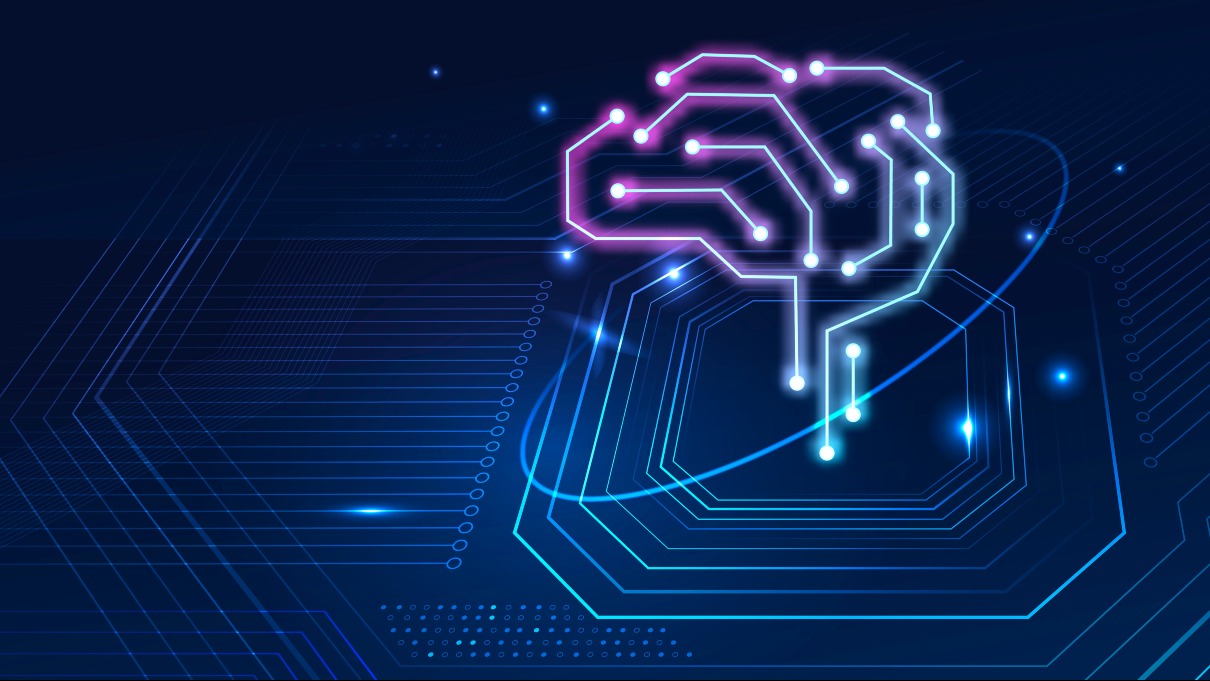Ever marveled at how photo editing software effortlessly spots differences between two images? Or wondered how satellites monitor deforestation across years? The magic lies in deep learning—a groundbreaking technology transforming how we analyze visual data. Let’s dive into how deep learning is revolutionizing the field of image change detection.
What Is Image Change Detection?
Image change detection identifies and highlights differences between two images of the same scene taken at different times. This technique is invaluable in numerous fields:
- Medical Imaging: Detecting tumor growth or treatment effects.
- Environmental Monitoring: Observing deforestation or glacial melting.
- Urban Planning: Tracking construction progress or infrastructure changes.
At its core, it’s about uncovering shifts—whether subtle or drastic—hidden in visual data.
Traditional Methods vs. Deep Learning
Traditional Approaches
Conventional image change detection methods include:
- Pixel-Based Difference: Compares pixel values between two images.
- Change Vector Analysis: Tracks variations in image spectra.
While effective for straightforward scenarios, these techniques often falter with:
- Complex changes: Overlapping objects or minute variations.
- Noise: Artifacts like shadows or lighting changes.
Deep Learning’s Advantage
Deep learning redefines the game by harnessing neural networks trained on extensive datasets. These models excel at identifying intricate patterns, offering unmatched accuracy. Even subtle changes, often invisible to human eyes, can be detected with ease.
Deep Learning Techniques for Image Change Detection
Several deep learning architectures have proven effective for this task:
1. Convolutional Neural Networks (CNNs)
CNNs are the backbone of computer vision. When fed two images, they can extract and analyze features to spot differences. Their layer-based architecture excels at recognizing patterns at multiple levels.
2. Autoencoders
Autoencoders compress data into a latent space, then reconstruct it. In change detection, they learn to encode variations between two images, enabling efficient comparison.
3. Siamese Networks
Siamese networks consist of two identical neural networks that compare input images. By measuring their similarity or dissimilarity, they excel at pinpointing changes.
Each technique has strengths, often chosen based on the complexity and scale of the task.
Real-World Applications
Deep learning-powered image change detection is making waves across industries:
1. Medical Imaging
- Detect early-stage cancer by tracking minute changes in scans.
- Monitor disease progression to fine-tune treatments.
2. Remote Sensing
- Track deforestation, glacial retreat, or urban sprawl using satellite imagery.
- Support environmental conservation efforts.
3. Security Surveillance
- Identify unusual activity in real-time, enhancing public safety.
- Protect critical assets like airports or government facilities.
4. Autonomous Vehicles
- Detect sudden changes in road conditions, improving navigation and safety.
Deep learning not only enhances these tasks but also opens doors to innovations previously unachievable.
The Future of Image Change Detection
The future holds exciting possibilities. Emerging advancements in AI are set to make change detection even more precise and accessible. Key trends include:
- Multimodal Analysis: Combining data types (e.g., visual, thermal, radar) for richer insights.
- Edge Computing: Enabling real-time change detection on devices like drones or phones.
- Self-Supervised Learning: Reducing reliance on labeled datasets for model training.
As AI evolves, its ability to extract meaningful insights from visual data will only grow, benefiting healthcare, the environment, and beyond.
Conclusion
Deep learning has unlocked the potential to analyze images with unparalleled accuracy. From diagnosing diseases to monitoring climate change, its applications are transforming industries and improving lives. As we embrace this technology, the possibilities for uncovering hidden insights and making data-driven decisions are endless.



